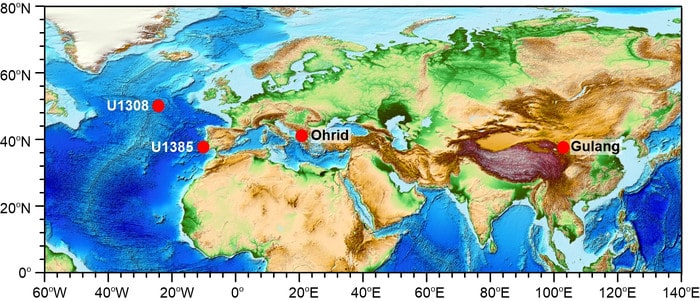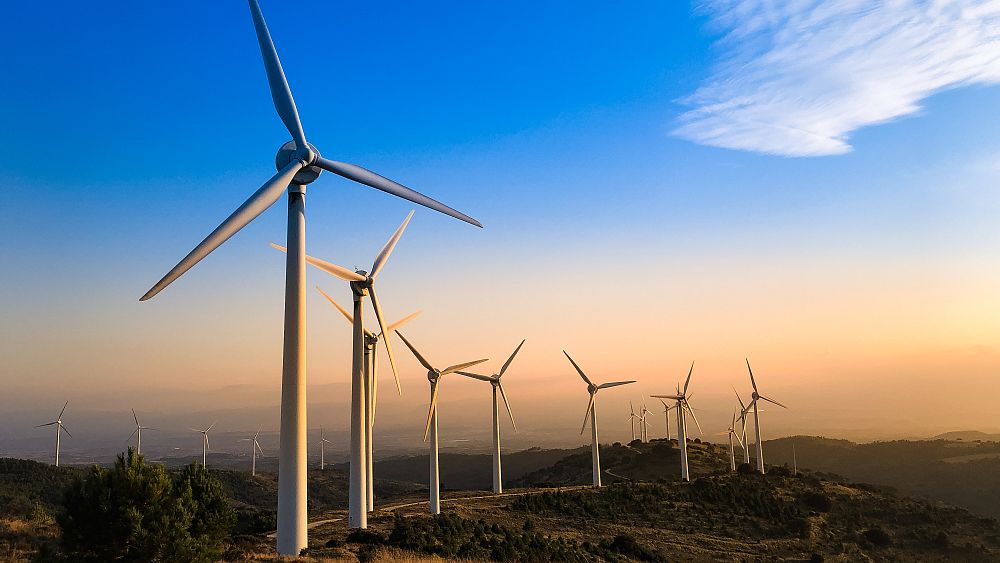[ad_1]
The water challenges in El Salvador have gained much greater importance over the past decade, as they have intersected with other social issues, including migration, criminal violence, and drug trafficking. When combined, these factors pose threats to national and regional stability. Devastating heavy rains, droughts and rising temperatures are exacerbated by the ever-intensifying El Niño oscillations and threaten the production of staple and export crops. The declining viability of rural livelihoods is pushing many farming families to migrate to urban centers or across borders. Food security is a constant concern across the region, and millions of people already depend on humanitarian assistance. The infrastructure has been repeatedly damaged by floods and raging rivers. El Salvador can mitigate many of these risks through the use of ecological landscape restoration. Improving the soil’s ability to hold and regulate water will help maintain agricultural and ecological viability.
Ecological challenges
Over the past decade, El Salvador has consistently experienced record-breaking extreme weather events at both ends of the precipitation spectrum. Two years of unprecedented rainfall from 2009 to 2011 were followed by a drought that lasted from 2012 to 2015. Rainfall patterns are also becoming more unpredictable, leaving parts of the country inundated and others parched.
This decade of extreme weather conditions is representative of a longer-term trend. Between the 1960s and 1980s, El Salvador experienced only one extreme precipitation event, but this number increased to four in the 1990s and eight in the 2000s. Until the mid-1980s, the The annual rainy season generally ran from September to December. But since the mid-1990s, the length of the rainy season has almost doubled, stretching from May to November.
In 2014, nearly two-thirds of grain producers reported crop losses due to drought, and many of them lost their entire harvest for the year. In 2009-2010 and 2011-2012, coffee production fell due to heavy rainfall.
Rising temperatures reduce agricultural productivity
Rising temperatures also reduce agricultural productivity. Farms in provinces of El Salvador where average temperatures are lower produce almost a tonne more corn per hectare than those in warmer regions. This suggests that national yields of this staple will decline as temperatures continue to rise. Coffee, one of El Salvador’s main export crops, is even more temperature sensitive: it cannot grow in hotter temperatures, so the area where coffee can be grown decreases.
The impacts of extreme weather conditions are exacerbated by the severe land degradation that characterizes most of El Salvador’s watersheds. Degraded soils lack the ability to hold water and regulate water runoff, making flooding and river flooding more likely and their impacts more severe.
Societal challenges
As harvests fail due to drought, extreme rainfall and coffee rust outbreaks, rural livelihoods deteriorate and many families migrate in search of other economic opportunities. This trend also affects El Salvador’s neighbors in Guatemala and Honduras: in 2015, 3.5 million people in the Northern Triangle region were in need of humanitarian assistance due to food insecurity.
Urban centers are also hit hard by extreme weather conditions that damage infrastructure, and the consequences are often sudden and devastating. In November 2009, severe storms caused floods and landslides in urban areas that resulted in economic losses of US $ 315 million, or 1.4% of El Salvador’s GDP. The death toll reached 198 and 122,000 people were immediately affected. The severe storms of 2010 and 2011 had similar effects, destroying bridges and roads and causing hundreds of millions of dollars in damage, totaling 4% of GDP.
Reconstruction focused on rebuilding what was destroyed rather than improving resilience
Reconstruction efforts have generally focused on rebuilding what has been destroyed rather than improving resilience or creating new stocks of capital, thus undermining El Salvador’s hopes of creating new jobs for its people. growing ranks of the unemployed.
Implications for the United States
In 2008, the US Census Bureau estimated that there were 1.1 million Salvadorans born abroad in the United States.
Peaks in immigration from El Salvador have generally been correlated with peaks in domestic homicide rates from that country, but it is important to note that these high homicide and migration rates also tend to coincide with the events. of extreme precipitation that causes so much destruction in El Salvador. .
For example, the peaks in both trend lines (homicide rate and migration rate) coincided with the severe drought of 2013-2014. This suggests that extreme weather conditions may play a role in migration dynamics.
Emigration also intersects with violence and slow economic growth to further destabilize El Salvador. When economic opportunities are limited, gangs and drug groups fill in the gaps to provide income. The expansion of these groups contributes to the increase in violence, which in turn slows the country’s growth by discouraging investment and increasing security costs. The combination of a weak economy and a climate of violence has caused some 20% of the population to leave the country, many of whom have emigrated to the United States.
International migration has significantly slowed El Salvador’s population growth
International migration has slowed El Salvador’s population growth considerably over the past two decades. It has also led to a massive influx of remittances; in 2012, they represented 16% of El Salvador’s GDP. In turn, remittances increase reserve wages and decrease participation rates, decreasing the competitiveness and growth of the economy.
The United States has continuously invested in El Salvador, having pledged approximately US $ 10 billion in military and economic aid between 1980 and 2013. The addition of environmental programs to this development agenda will make the programs existing structures more effective and will help ensure that US development assistance pays dividends in the form of increased stability and prosperity.
Recommendations
Ecological challenges contribute to the conditions that keep El Salvador trapped in a cycle of low economic growth, violence and migration. In order to mitigate the increasing risks associated with climate change, ecological landscape restoration should be used to reduce vulnerability and improve El Salvador’s economic performance. Steps towards improved resilience should include
- Reduce agricultural practices that contaminate soil and water, such as full tillage, growing hot fallows, and using agrochemicals
- Develop soil and water conservation practices such as agroforestry and carbon sequestration
- Reduce sedimentation in rivers to protect infrastructure
- Restoration of ecosystems, including mangrove forests
Herman Rosa is the former Minister of the Environment of El Salvador.
Chelsea Sequin is a water and safety related program of the World Wildlife Fund-US.
Photo credit: Salvador, April 2016, courtesy of Flickr user Ramon
[ad_2]




